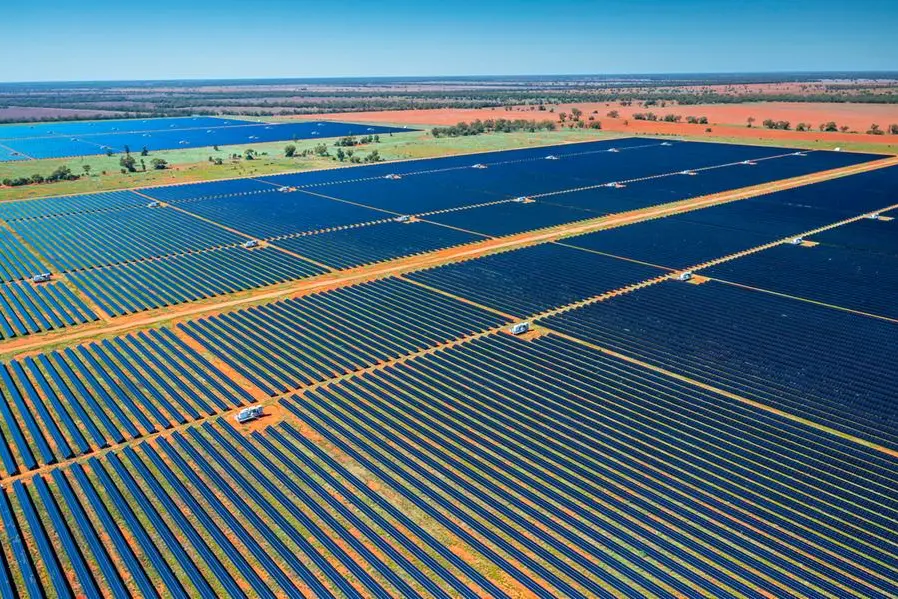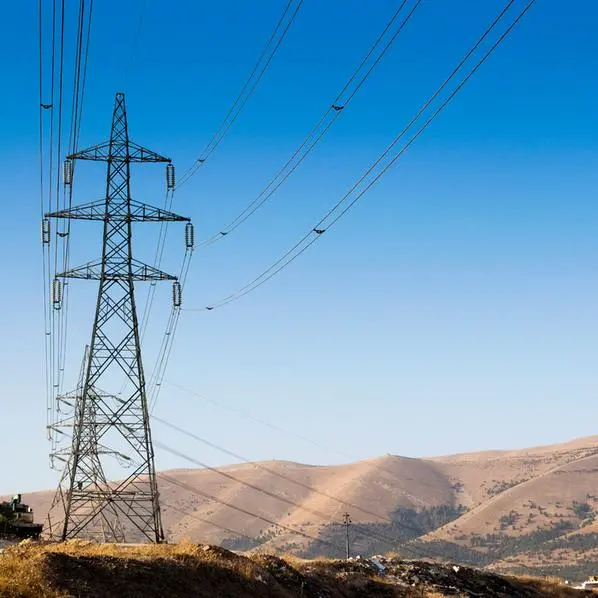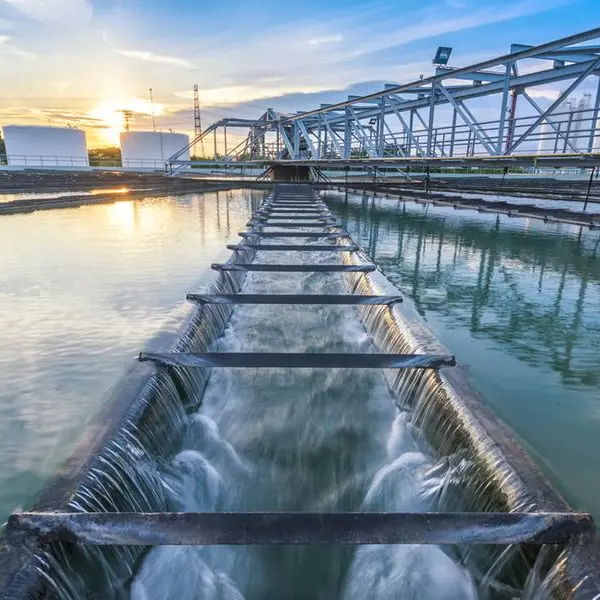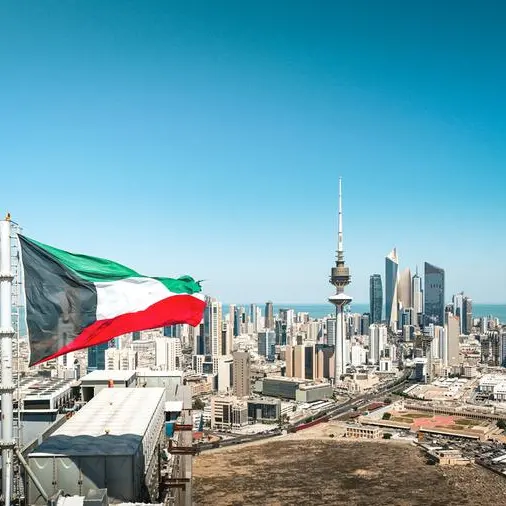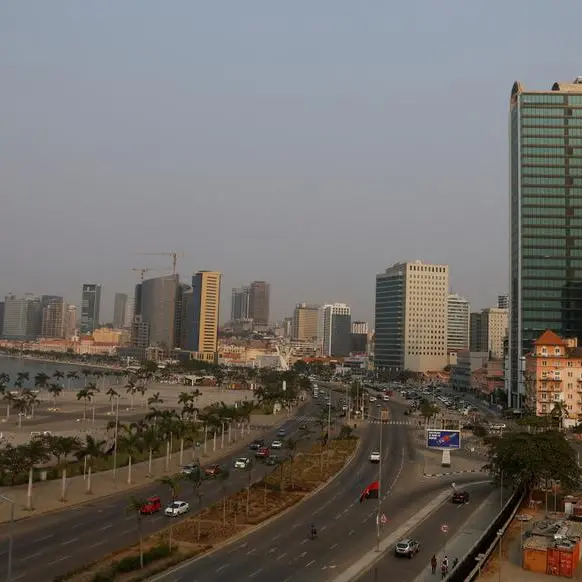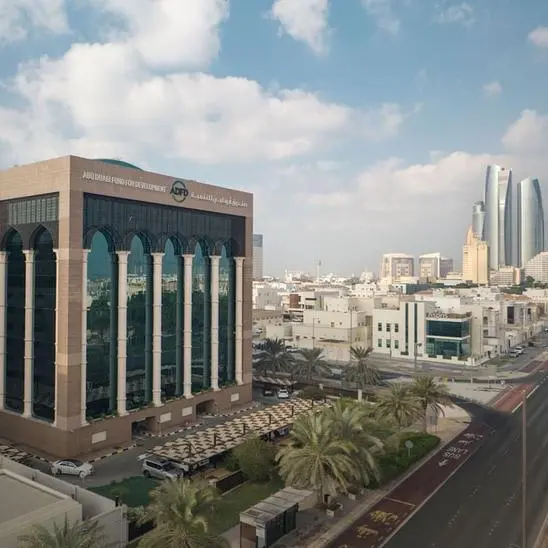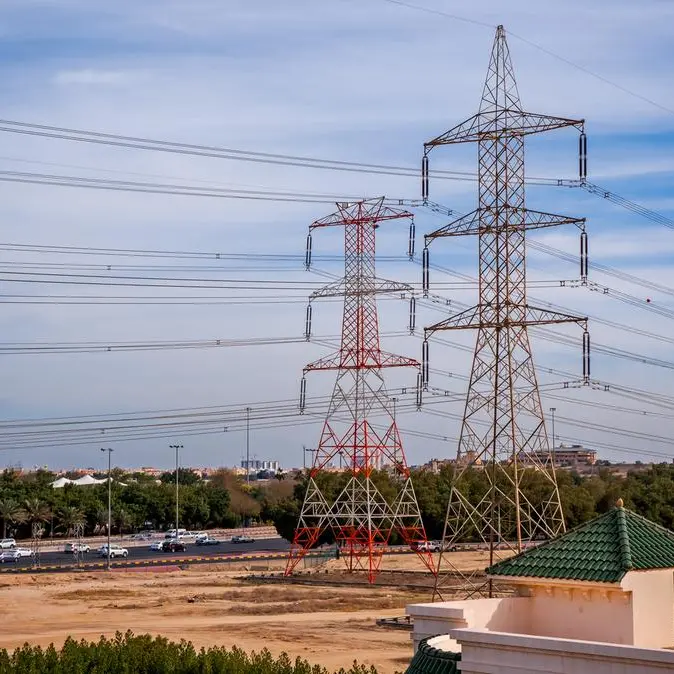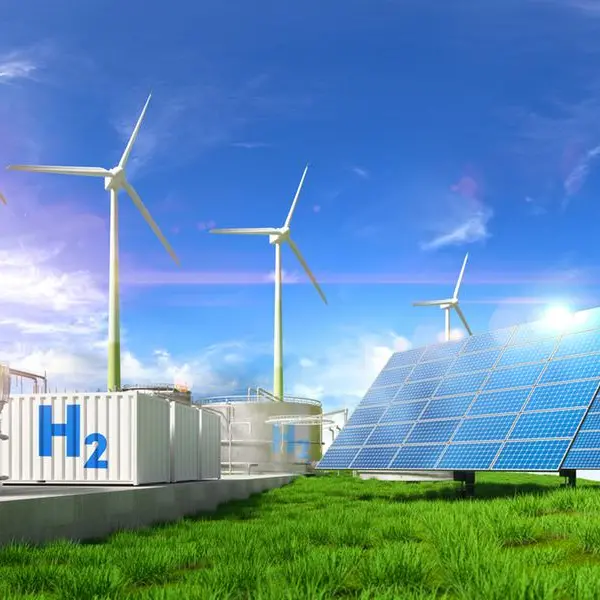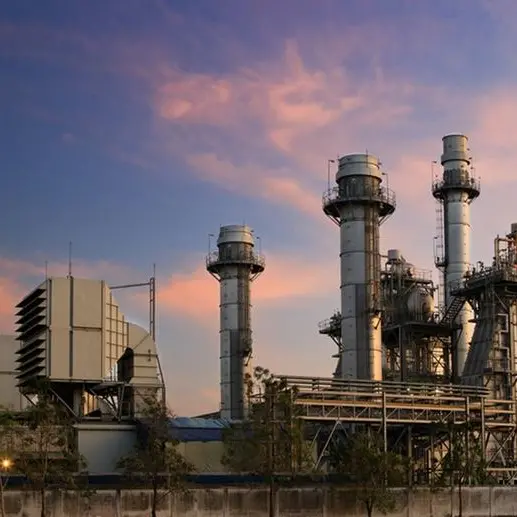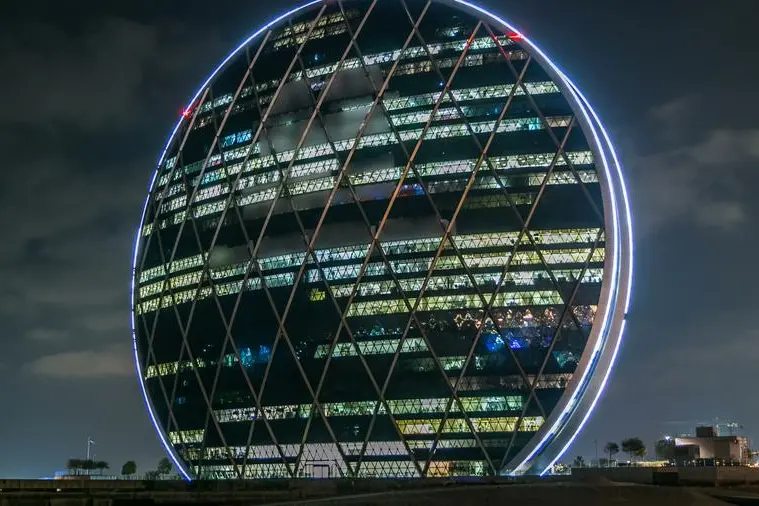PHOTO
Kuwait will be releasing the Request for Qualification (RFQ) for the various phases of the much anticipated 4-gigawatts (GW) Shagaya solar power project by the end of this year, a government official disclosed.
Gannam Al Ajmi, Project Engineer, Renewable Energy, Ministry of Electricity, Water and Renewable Energy (MEWRE) said the RFQ for various phases will be launched one after the other later this year and all the phases are expected to be connected to the grid by 2027-28.
The project is being tendered as an Independent Power Project (IPP) with MEWRE as the off-taker for the electricity generated, he said, adding that studies indicate Kuwait could get fairly good LCOE (levelised cost of electricity) bids.
“Last year we signed on a technical advisor and have signed agreements for the land….around 87 square kilometres,” Ajmi said while speaking at a webinar organised by the Dubai-based MESIA (Middle East Solar Industry Association).
Giving details on the tendering process, technologies and capacities for the much-delayed project, he said: “Phase 1 of the Shagaya project will be 1,100 MWac (Megawatt, Alternating Current) and be fully based on photovoltaic (PV) solar technology. The RFQ document for Phase 1 is ready and will be launched in two to three months.”
He said Phase 2 will comprise a 200MW Concentrated Solar Power (CSP) plant with around five hours of storage capacity.
“We are already doing the RFP for Phase 2,” he disclosed.
Kuwait was earlier considering a mix of CSP, wind and PV solar for the project but decided to choose CSP and PV and ditch wind.
Ajmi explained: “CSP is suitable because of Kuwait’s good solar radiation. Wind turbines were efficient only during night hours but not during peak demand times between 10AM and 2:00 PM.”
He continued: “Phase 3 will be 1,500 MWac and the final phase will be 1,700 MWac. The RFP will be released by the middle of next year.”
He said MEWRE has completed feasibility and technical studies, but the developer may need to study further and decide on specific technologies.
“We are talking about four developers,” he said, adding that he expects Phases 3 and 4 to adopt similar technologies.
The Shagaya project was first announced a decade ago, shelved due to Covid and underwent several changes in its configuration. A pilot 70MW project comprising 50MW CSP, 10MW wind and 10MW PV started commercial operations in February 2019 at Shagaya desert, 100 km west of the capital Kuwait City.
Other projects
He said the government is planning to launch a series of solar projects at utility-scale, distributed solar and mid-size projects to meet the 15 percent renewables contribution by 2030 mandate.
“We're talking about rooftop solar projects of about 5MW and below, about 10-150MW in the mid-range, future projects for Kuwait Petroleum Corporation (KPC) and utility-scale projects”.
“The EPC tenders for a 150-180MW solar project in Ardiya will be released in the first or second quarter of the next year,” he revealed.
Ajmi said the Ministry is rethinking opportunities for using battery technologies for the islands in Boubiyan and Failaka as the government develops these islands. Kuwait is also studying the industry’s demand for change in rules pertaining to solar energy in the country, he added.
At present, Kuwait does not have rules for wheeling, feed-in-tariffs or renewable PPAs but the country is moving towards implementing fixed rates for purchasing energy from renewable energy sources, said Binu Thomas, Manager, Power Solutions Division, GPES.
Hassan Qasem, Chief Executive Officer, Alternative Energy Projects Company. said he expects at least 5-6GW worth of projects in the market in the next five years if all enabling elements are triggered on time. “We are talking about 4-5GW coming online for utility scale and no less than 500MW to 1GW of distributed solar that should come in the next couple of years as a consequence of the market being enabled”.
The existing market for renewables in Kuwait is pegged at 200MW, scattered between the 70MW Shagaya pilot, KPC projects, residential rooftop projects and others. Kuwait’s electricity demand is increasing by 4-5 percent each year and should be around 10,000MW after 10 years, Ajmi said.
Manufacturing opportunity
Speaking about the future manufacturing opportunities in the solar sector, GPES’ Binu Thomas said: “Kuwait currently imports panels, converters, inverters and batteries but can provide supporting products like steel structures and cables, and manpower for the engineering, design and fabrication,”
On industry expectations, Thomas said: “The government needs to provide financial incentives such as rebates and grants to implement solar systems, educate the public on how solar energy reduces cost and improves energy security, conduct certification programmes for engineers and installers involved in solar energy sectors, and improved quality and standards for installation.”
“Kuwait is a virgin market. We don't have all the capability for either large-scale EPC (Engineering Procurement Construction) or large-scale O&M (operations and maintenance) and the finance has to be done through international consortiums.” said Alternative Energy Projects Company’s Qasem.
On technological advancements, An Yangxi, GCC Manager, Sungrow said the invention of the liquid cooling technology has changed the concept of traditional design of energy storage systems. She said the modular component design technology can help reduce the plant’s overall operating expenses and improve the power generation ability of the project with lower LCOE.
Read more: Two UK firms shortlisted for Kuwait solar project consultancy
(Reporting by Sowmya Sundar; Editing by Anoop Menon)
Subscribe to our Projects' PULSE newsletter that brings you trustworthy news, updates and insights on project activities, developments, and partnerships across sectors in the Middle East and Africa.
